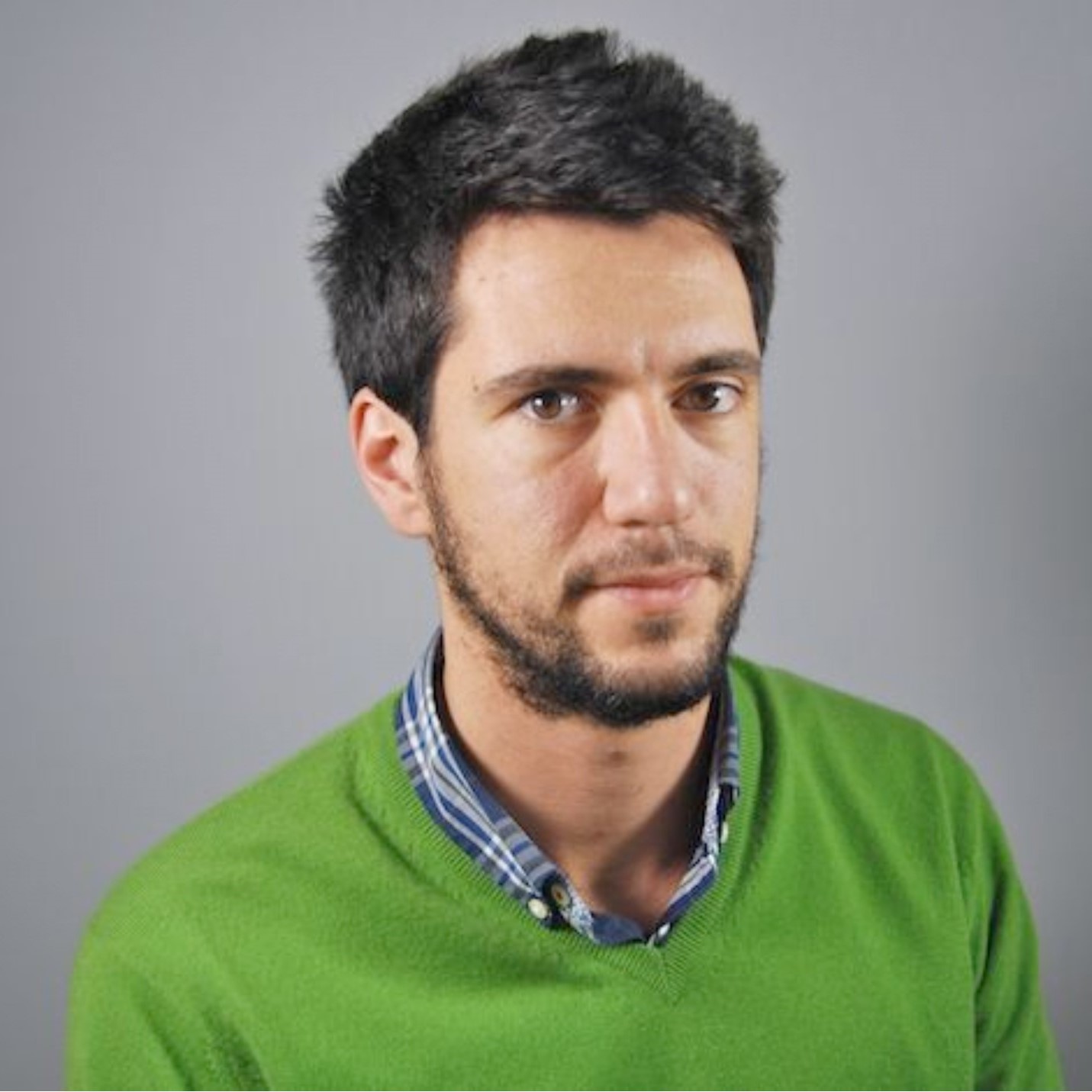Luca Braga
International Centre for Genetic Engineering and Biotechnology, Italy
King's College London, UK

Biography: Luca Braga is a research scientist working at the International Centre for Genetic Engineering and Biotechnology (ICGEB) Headquarters in Trieste under the supervision of Prof. Mauro Giacca. In 2019, he joined as research associate the Department of Cardiology at King’s College London, under the supervision of Prof. Mauro Giacca. In 2016 he became Head of the High Throughput Screening Facility at the International Centre for Genetic Engineering and Biotechnology (ICGEB) Headquarters in Trieste, Italy (https://www.icgeb.org/facilities/high-throughput-screening-equipment/). Dr Braga received his bachelor in Medical Biotechnology at the University of Milan, Italy, followed by a master in Functional Genomics at the University of Trieste, Italy. In 2017, he obtained a PhD in Molecular Biology at Open University, UK, with a thesis focused on the identification of novel microRNAs for the treatment of cardiac hypertrophy. The main focus of his research activity is to dissect complex molecular mechanism at the basis of cardiac remodelling after pathological insult to the cardiac tissue, such as myocardial infarction, cardiac hypertrophy and Heart failure.
High content screening: from large libraries to functional hits
Image-based high content screening is a powerful tool to gain systematic measurement of cell phenotype perturbation upon a given treatment. The combination of this technology with RNA interference, CRISPR-Cas9 and small molecules generates a comprehensive method to decipher and eventually tune complex biological processes, such as changes in cell morphology, cell and proliferation. This has been made possible by the availability of innovative robotics, imaging and computational systems, increasing the scale and the speed of the analysis.
High content fluorescent microscopes allow to systematically assess the expression and the localization of multiple biomarkers, which can be imaged simultaneously using different wavelengths. The integration of high content imaging with automated image-analysis allows tracking multiple physical and logical parameters, thus generating a multi-dimensional picture of any biological process. I will describe several examples of image-based high content screenings, which allowed us to successfully identify functional hits starting from large collections of molecules of unknown function.
